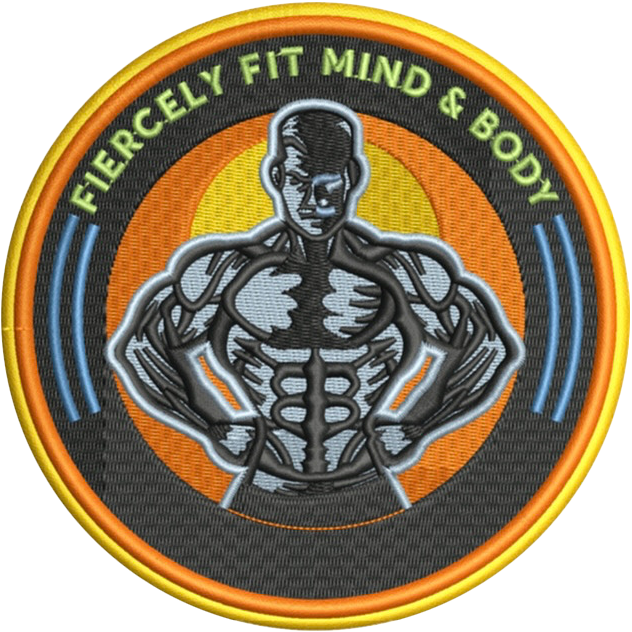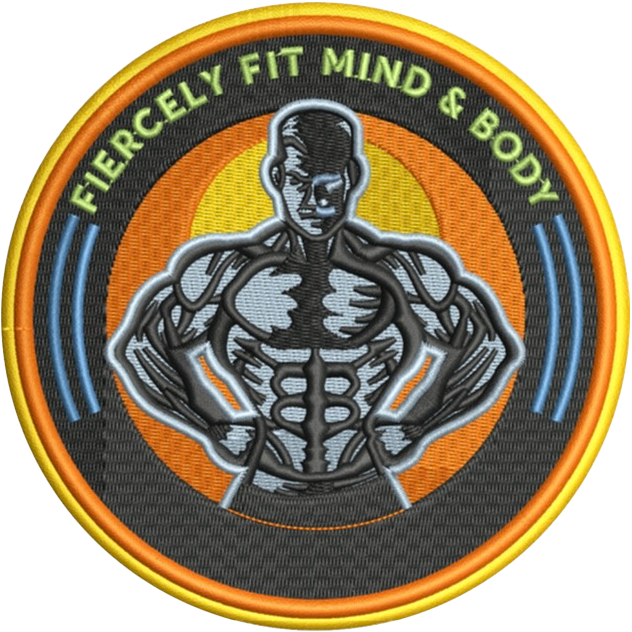posted 12th September 2025
In the realm of fitness, the debate between whole body training and the traditional "bro split" has gained traction among enthusiasts and professionals alike. Each training regimen offers unique benefits and drawbacks, appealing to different fitness goals, schedules, and personal preferences. Understanding these methods can help individuals choose the right approach for their fitness journey
Whole Body Training
Whole body training, as the name suggests, involves exercising all major muscle groups in a single session. This approach typically includes compound movements that engage multiple joints and muscle groups, such as squats, deadlifts, and bench presses. A typical whole body workout might occur three times a week, allowing for ample recovery between sessions.
Benefits of Whole Body Training:
1. Increased Frequency of Muscle Stimulation: By training all muscle groups multiple times a week, participants can achieve a higher frequency of stimulation for muscle growth. This can be particularly beneficial for beginners and those looking to improve overall strength and endurance.
2. Time Efficiency: For individuals with busy schedules, whole body training offers an efficient way to maintain fitness. With fewer workouts required each week, individuals can fit their training around other commitments while still making significant progress.
3. Improved Functional Strength: Whole body workouts often emphasize compound exercises that mimic real-life movements, leading to improved functional strength. This can enhance performance in daily activities and sports, contributing to better overall fitness.
4. Enhanced Metabolism: Whole body training can promote greater calorie burn during and after workouts, thanks to the high energy expenditure associated with compound movements. This can aid in weight management or fat loss.
Drawbacks of Whole Body Training:
1. Potential for Fatigue: Training multiple muscle groups in one session can lead to fatigue, especially for beginners. This may hinder the ability to perform exercises with optimal form, increasing the risk of injury.
2. Limited Focus on Specific Muscle Groups: While whole body training engages all muscles, individuals aiming to develop specific areas may find it challenging to dedicate the time needed for targeted hypertrophy.
Bro Split
The bro split, a term derived from the common practice among bodybuilders, typically involves dedicating each workout to a specific muscle group. For example, a typical week might include chest day, back day, leg day, and so forth, with each muscle group receiving focused attention once a week.
Benefits of Bro Split:
1. Targeted Muscle Growth: The bro split allows for intense focus on individual muscle groups, which can lead to significant hypertrophy. Bodybuilders often prefer this method for sculpting specific areas of their physique.
2. Increased Recovery Time: By allowing a week between workouts for each muscle group, the bro split provides ample recovery time. This can be advantageous for those lifting heavy weights or engaging in high-volume training.
3. Variety and Specialization: With the ability to focus on one muscle group at a time, individuals can incorporate a variety of exercises and techniques, keeping workouts interesting and aligned with personal fitness goals.
Drawbacks of Bro Split:
1. Lower Frequency of Muscle Activation: With only one session per week dedicated to each muscle group, the frequency of stimulation is lower than that of whole body training, which may hinder muscle growth for some individuals.
2. Time Commitment: The bro split often requires a greater time commitment, as individuals may need to train five to six days a week to target each muscle group effectively. This can be challenging for those with busy schedules.
Example of a Whole Body Program
A sample whole body program might look like this:
Day 1:
- Squats: 3 sets of 8-10 reps
- Bench Press: 3 sets of 8-10 reps
- Bent-over Rows: 3 sets of 8-10 reps
- Deadlifts: 3 sets of 8-10 reps
- Plank: 3 sets of 30-60 seconds
Day 2:
- Lunges: 3 sets of 10-12 reps per leg
- Overhead Press: 3 sets of 8-10 reps
- Pull-ups or Lat Pulldowns: 3 sets of 8-10 reps
- Push-ups: 3 sets of 10-15 reps
- Bicycle Crunches: 3 sets of 15-20 reps
This program can be performed three times a week, allowing for recovery days in between.
Conclusion
Ultimately, the choice between whole body training and a bro split depends on individual goals, preferences, and schedules. Whole body training offers frequency and efficiency, while the bro split provides targeted focus and recovery. By understanding the benefits and drawbacks of each approach, fitness enthusiasts can tailor their training to meet their specific needs, ensuring a successful and enjoyable fitness journey.

